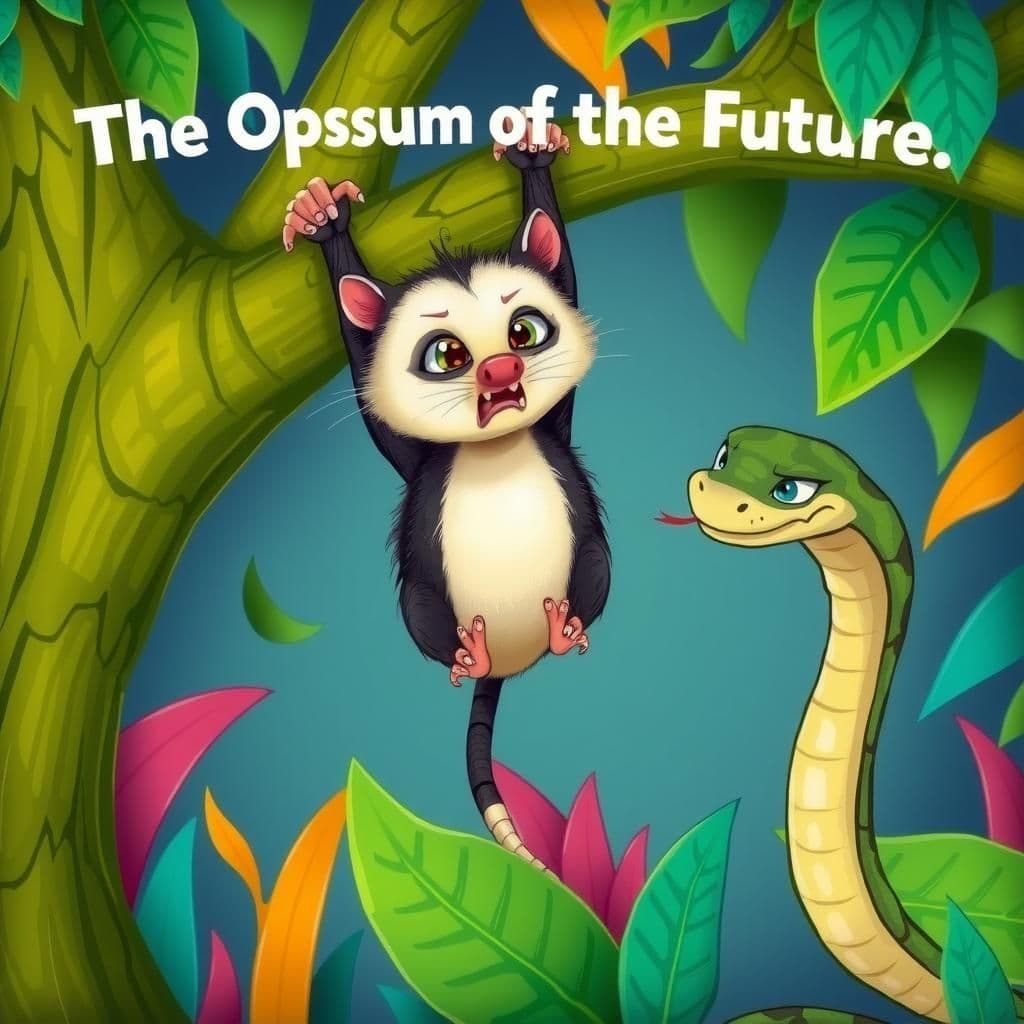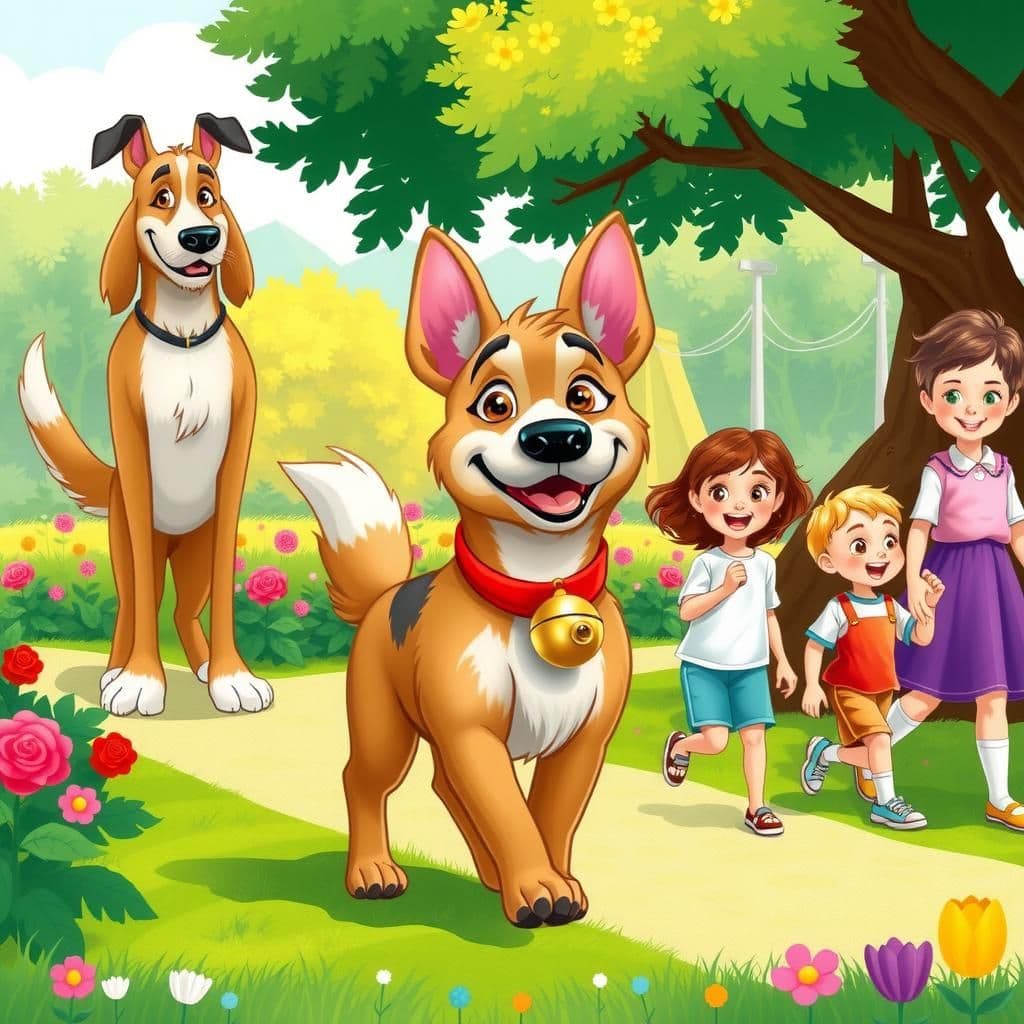The Olive Tree and the Fig Tree

Story Summary
In "The Olive Tree and the Fig Tree," a classic among famous moral stories, the Olive Tree ridicules the Fig Tree for shedding its leaves with the seasons. However, when heavy snow falls, the Olive's lush branches break under the weight, leading to its demise, while the bare Fig Tree remains unharmed. This popular moral story illustrates that what may seem like a disadvantage can sometimes be a blessing, making it a valuable lesson in short moral tales and bedtime moral stories.
Click to reveal the moral of the story
The moral of the story is that adaptability and resilience in the face of change can be more advantageous than seeming strength and permanence.
Historical Context
The fable of "The Olive-Tree and the Fig-Tree" draws on themes of pride and the consequences of mocking others, common in ancient storytelling traditions. This narrative, reminiscent of Aesop's Fables, highlights the virtue of adaptability over superficial beauty, reflecting cultural values of resilience and humility found in various retellings across Mediterranean and Near Eastern folklore. Such tales often served moral lessons, emphasizing the importance of inner strength and the dangers of hubris.
Our Editors Opinion
This fable highlights the value of adaptability over superficial consistency; in modern life, those who embrace change and resilience often weather challenges better than those who cling to a façade of permanence. For instance, a business that innovates and pivots its strategies in response to market shifts is more likely to thrive than one that stubbornly adheres to outdated practices, illustrating that flexibility can be a key to survival.
You May Also Like

The Opossum of the Future
In "The Opossum of the Future," a clever Opossum finds himself threatened by a Snake while hanging from a tree branch. To escape, he flatters the Snake by praising its evolutionary superiority, but the Snake, rooted in traditional beliefs, dismisses the Opossum's scientific reasoning. This wisdom-packed moral story highlights the clash between modern understanding and age-old traditions, making it a valuable addition to short story collections with moral lessons for children.

The Oak and the Reeds
In "The Oak and the Reeds," a large oak tree is uprooted by strong winds and questions how the delicate reeds can survive such storms. The reeds explain that their ability to bend with the wind allows them to endure, unlike the oak, which is destroyed by its rigidity. This short moral story illustrates the valuable lesson of flexibility over stubbornness, making it a great choice for kids seeking moral stories with impactful lessons.

The Mischievous Dog
In this easy small story with moral, a mischievous dog bites unsuspecting people, prompting his master to attach a bell to announce his presence. Proud of his new accessory, the dog parades around, unaware that the bell signifies disgrace rather than distinction. This fable illustrates how notoriety can be mistaken for fame, offering a valuable lesson for personal growth.
Other names for this story
Seasons of Strength, The Resilient Fig, Olive vs. Fig: A Tale, Nature's Lesson, The Beauty of Change, Surviving Winter, Wise Trees, The Snow's Judgment
Did You Know?
The story illustrates the theme of resilience versus superficial beauty, demonstrating how the Fig-Tree's ability to adapt to changing seasons ultimately protects it from harm, while the Olive-Tree's constant display of greenery leads to its downfall. This fable serves as a reminder that true strength lies not in appearance but in the ability to endure and adapt to life's challenges.
Subscribe to Daily Stories
Get a new moral story in your inbox every day.